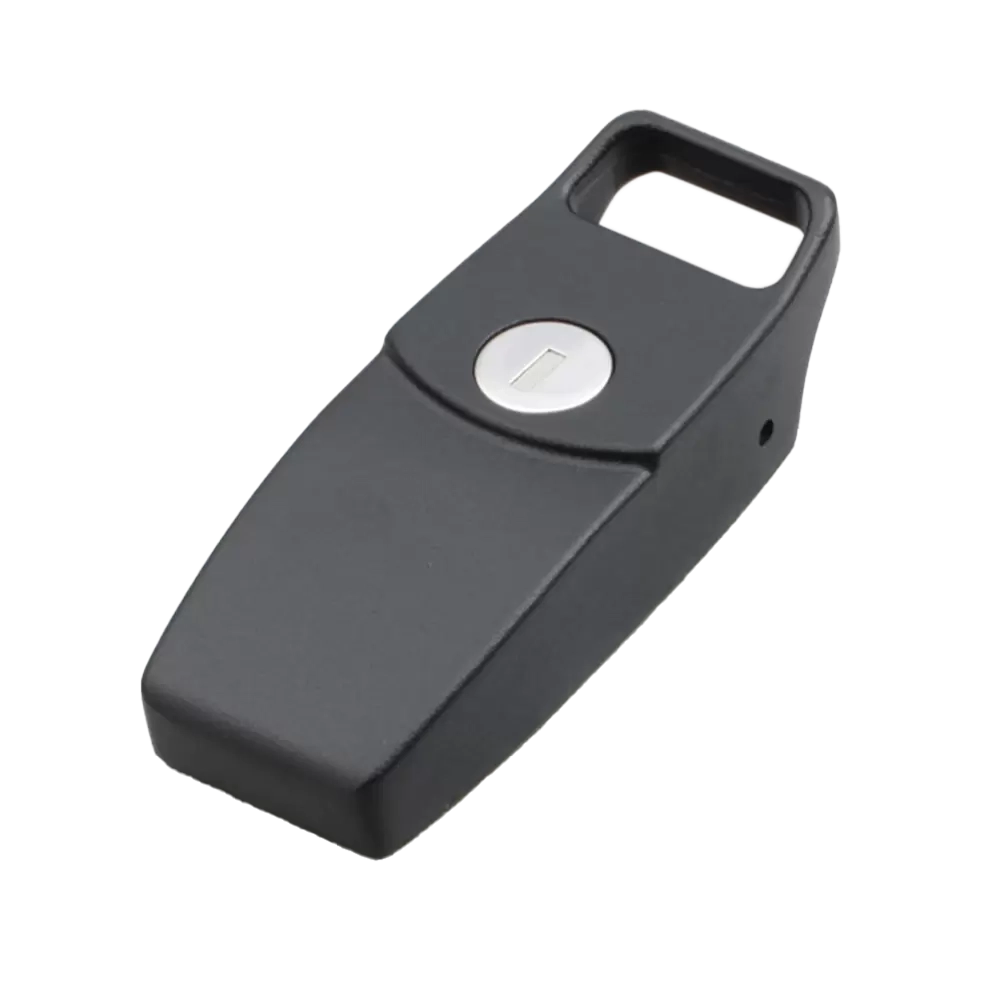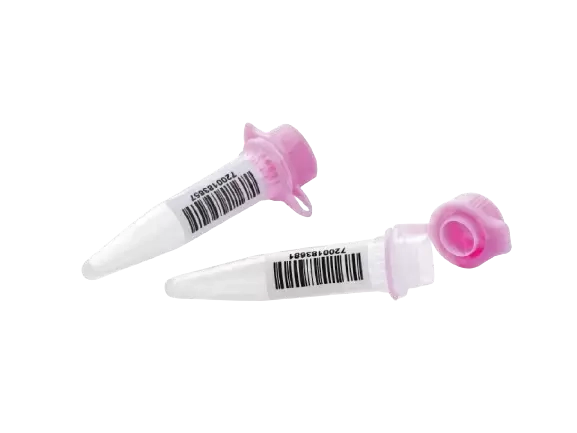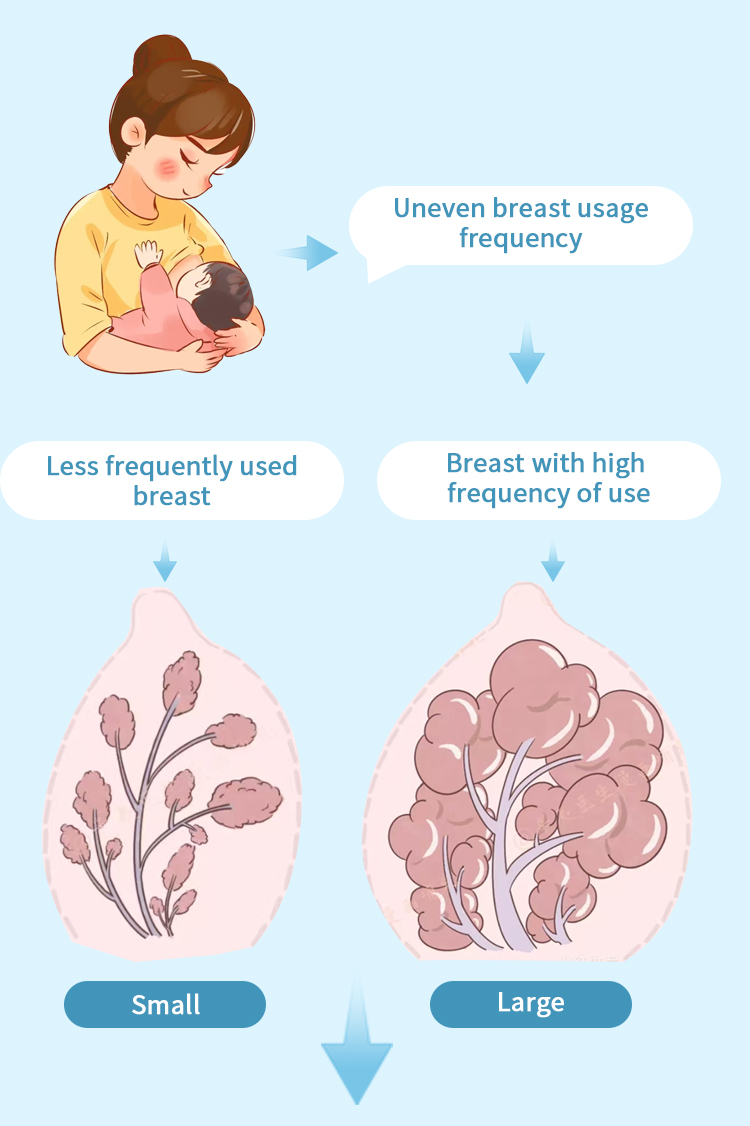Unlocking Efficiency: When to Choose a Plate Type Heat Exchanger for Optimal Thermal Management
In the realm of thermal management, the choice of heat exchanger is pivotal for ensuring efficiency, reliability, and cost-effectiveness in various industrial applications. Among the myriad options available, plate type heat exchangers (PHEs) have gained significant traction due to their compact design and superior thermal performance. However, the decision to use a plate type heat exchanger is not always straightforward. This article delves into the specific scenarios and conditions under which a plate type heat exchanger is the optimal choice, providing insights for engineers and decision-makers alike.
Understanding Plate Type Heat Exchangers
Before exploring when to use a plate type heat exchanger, it is essential to understand its fundamental design and operational principles. A plate type heat exchanger consists of multiple thin, corrugated plates stacked together, creating channels for the two fluids to flow. The design allows for a large surface area in a compact volume, facilitating efficient heat transfer between the fluids while minimizing the temperature difference.
Key Advantages of Plate Type Heat Exchangers
- High Thermal Efficiency: The large surface area and turbulent flow patterns in PHEs enhance heat transfer rates, making them suitable for applications requiring rapid thermal exchange.
- Compact Size: Due to their design, plate type heat exchangers occupy less space compared to traditional shell-and-tube exchangers, making them ideal for facilities with limited space.
- Easy Maintenance: PHEs can be disassembled for cleaning and maintenance, which is crucial in industries where fouling can significantly impact performance.
- Flexibility: The modular design allows for easy expansion or modification of the heat exchanger capacity by adding or removing plates.
When to Use a Plate Type Heat Exchanger
- High Efficiency Requirements
In applications where energy efficiency is paramount, such as in HVAC systems, food processing, or chemical manufacturing, plate type heat exchangers excel. Their ability to achieve high heat transfer coefficients means that they can effectively recover waste heat or maintain desired temperatures with minimal energy input.
- Limited Space Availability
For facilities with space constraints, such as urban buildings or retrofitting existing systems, the compact nature of plate type heat exchangers makes them an attractive option. Their smaller footprint allows for installation in tight spaces without compromising performance.
- Frequent Maintenance Needs
Industries that deal with fluids prone to fouling, such as wastewater treatment or food processing, benefit from the ease of maintenance offered by PHEs. The ability to disassemble and clean the plates ensures that the heat exchanger maintains its efficiency over time, reducing downtime and operational costs.
- Variable Flow Rates
In processes where flow rates can fluctuate, plate type heat exchangers can adapt more readily than traditional designs. Their ability to handle varying flow conditions without significant loss of performance makes them suitable for applications like district heating or cooling systems.
- Temperature Control in Sensitive Processes
In industries such as pharmaceuticals or biotechnology, precise temperature control is crucial. Plate type heat exchangers provide excellent temperature stability and control, making them ideal for processes that require strict adherence to thermal specifications.
Considerations Before Choosing a Plate Type Heat Exchanger
While plate type heat exchangers offer numerous advantages, there are specific considerations to keep in mind:
- Fluid Compatibility: Ensure that the materials used in the plates are compatible with the fluids being processed to avoid corrosion or degradation.
- Pressure Drop: PHEs can exhibit higher pressure drops compared to other types of heat exchangers. It is essential to evaluate the system's pump capacity and energy consumption.
- Initial Cost vs. Long-Term Savings: Although PHEs may have a higher initial cost, their efficiency and reduced maintenance needs often lead to significant long-term savings.
Conclusion
In conclusion, plate type heat exchangers are a powerful tool in the arsenal of thermal management solutions. Their unique advantages make them particularly suitable for applications demanding high efficiency, compact design, and ease of maintenance. By understanding the specific scenarios where PHEs shine, engineers and decision-makers can make informed choices that enhance operational efficiency and drive cost savings. As industries continue to evolve, the role of plate type heat exchangers in optimizing thermal processes will undoubtedly grow, making them a critical component in modern engineering solutions.




